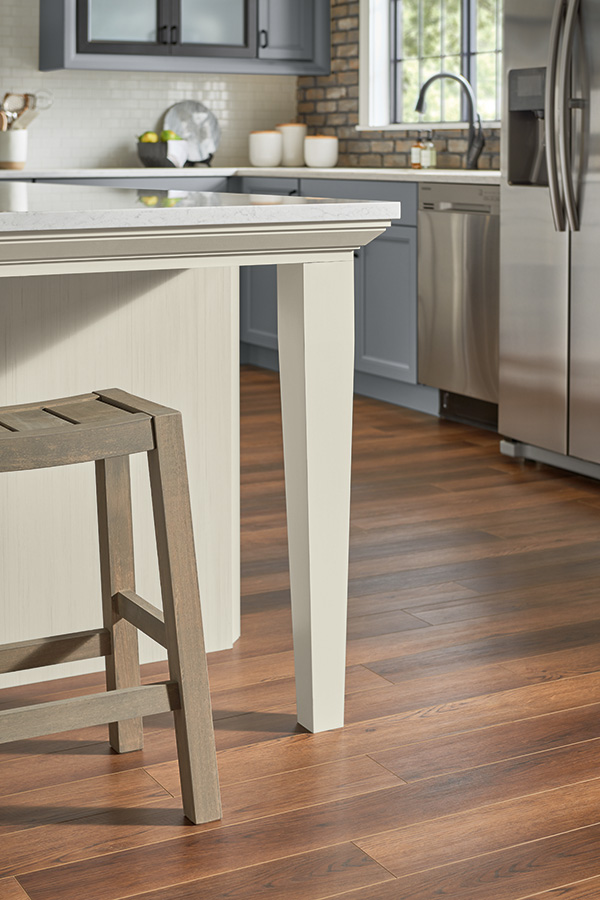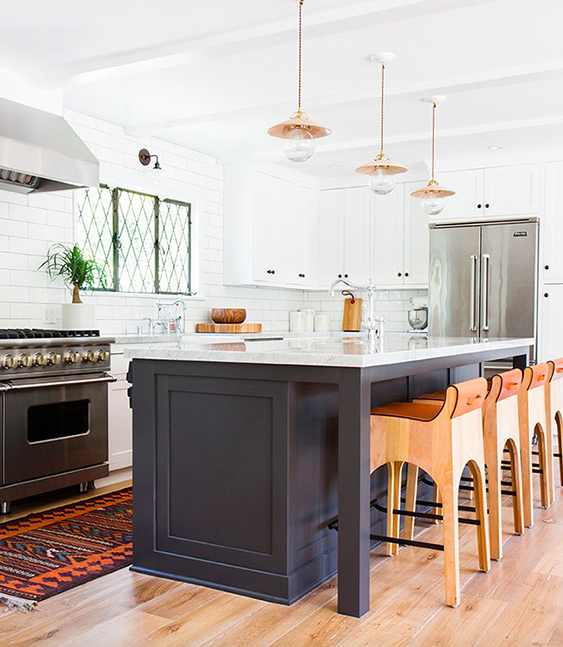Upgrade Your Kitchen with Stylish Kitchen Island Leg Solutions
Wiki Article
The Value of a Sturdy Kitchen Island Leg in Producing a Functional Food Preparation Location
A strong cooking area island leg offers as a basic component in developing a useful food preparation atmosphere, offering required assistance for both the counter top and various kitchen area activities. As kitchen areas progress right into multifunctional locations for food preparation, eating, and mingling, the choice of products and design factors to consider for island legs ends up being significantly vital.Advantages of Sturdy Island Legs
Supplying important support, durable kitchen area island legs play a critical function in boosting the performance and sturdiness of kitchen area islands - kitchen island leg. These legs not just birth the weight of the countertop and any kind of added items positioned on the island, but also contribute to the total security of the framework. A well-supported kitchen island ensures that it continues to be upright and useful, also under hefty usage, which is specifically essential in active cooking area atmospheresIn addition, sturdy island legs can improve the visual allure of the cooking area. They supply a strong structure that can match different layout styles, from modern to typical. This flexibility permits property owners to customize their kitchen islands according to personal taste while making certain that the structural stability continues to be uncompromised.
Along with their helpful function, durable kitchen island legs can likewise improve safety and security. A steady island reduces the threat of accidents triggered by tottering or tipping, which is specifically essential in households with children or elderly individuals. In addition, strong legs can assist in a smooth circulation of tasks, enabling efficient dish prep work and social communications within the kitchen space. Ultimately, buying strong kitchen island legs is important for a useful and aesthetically pleasing cooking location.
Materials for Kitchen Area Island Legs
When picking materials for cooking area island legs, longevity and visual allure are important elements to take into consideration,. The most usual products include hardwood, metal, and engineered timber, each offering unique benefits.Hardwood, such as cherry, oak, or maple, is a traditional option because of its stamina and timeless elegance (kitchen island leg). It can endure significant weight and is immune to wear, making it perfect for high-use cooking area environments. Additionally, wood can be stained or repainted to match different kitchen area designs
Metal legs, usually crafted from stainless-steel or wrought iron, give a commercial and modern-day appearance. They are incredibly solid and can support significant lots while being resistant to dampness and heat, which is advantageous in a cooking location. Steel legs can also be easily cleaned up, improving their usefulness.

Layout Factors To Consider for Security
The selection of products for kitchen area useful site island legs straight influences the style considerations for stability. When developing a kitchen area island, it is vital to examine the weight-bearing capability of the selected products. Larger materials, such as solid wood or metal, usually offer higher security, particularly under the tension of day-to-day use.In addition, the leg style have to integrate proper geometry to improve security. A bigger base enhances the assistance location, lessening the risk of tottering or tipping. Factor to consider must also be provided to the elevation of the legs; out of proportion leg lengths can bring about inequality, jeopardizing the overall security of the island.
Additionally, the distribution of weight across the island is critical. Making sure that the leg placement straightens with the heaviest parts, such as counter tops and home appliances, will certainly even more improve security.
Upkeep Tips for Long Life

Cleaning is another important facet of upkeep. Relying on the material of the legs-- whether timber, metal, or composite-- ideal cleaning methods ought to be used. For wood legs, a mild clean with a damp towel and an appropriate timber cleaner will certainly assist Source preserve their surface. Steel legs may need a light polish to stop corrosion and maintain their luster.
Furthermore, tightening up screws and screws routinely can make certain stability and prevent tottering. If the cooking area island experiences hefty use, consider reinforcing the legs with additional brackets or sustains to improve durability. Applying a protective finish or sealer can secure against dampness and discolorations, prolonging the life expectancy of the legs. By complying with these upkeep suggestions, homeowners can ensure their kitchen area island legs stay durable and functional for years ahead.
Picking the Right Leg Design
Normal maintenance makes certain that kitchen island legs remain useful and sturdy, however picking the best leg style is similarly important for both aesthetics and assistance. The selection of leg design can considerably influence the overall style and consistency of your cooking area.
Functionality is another important aspect. Thicker legs or those with a durable base can sustain larger kitchen counters and tools, improving the island's visit energy. Conversely, slender legs might produce a ventilated appearance, suitable for lighter styles yet potentially much less encouraging.
Verdict
In summary, the importance of strong cooking area island legs can not be overemphasized in the production of a functional cooking location. These legs offer vital support, boost security, and contribute to the total visual of the kitchen. By carefully picking proper materials and designs, in addition to implementing correct maintenance methods, the long life and efficiency of cooking area islands can be made certain. Eventually, spending in robust island legs is basic to accomplishing a efficient and secure cooking setting.A durable cooking area island leg serves as a basic element in establishing a useful cooking environment, supplying essential support for both the counter top and numerous cooking area activities.Offering essential assistance, strong cooking area island legs play an essential duty in enhancing the functionality and toughness of kitchen islands. Inevitably, investing in tough cooking area island legs is crucial for a practical and aesthetically pleasing cooking location.
Consideration should also be provided to the elevation of the legs; disproportionate leg sizes can lead to imbalance, endangering the overall stability of the island.
Wood legs supply warmth and a classic appearance, while metal legs use a modern-day and commercial feeling.
Report this wiki page